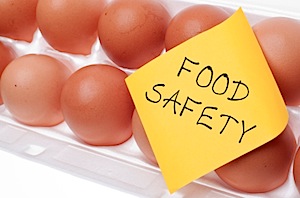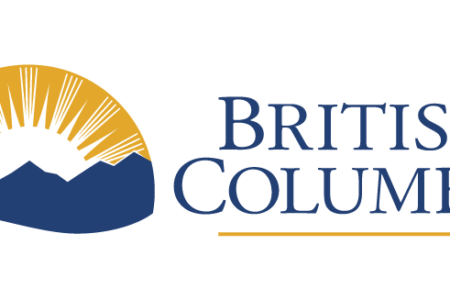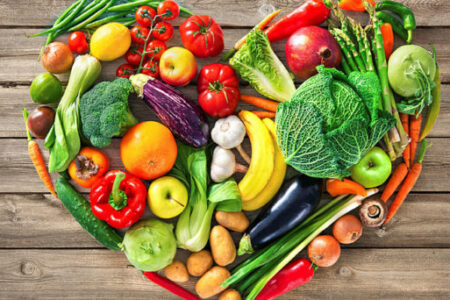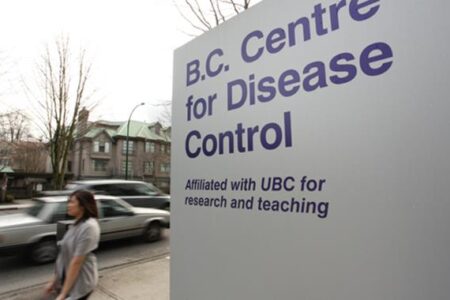Tips on being safe during flooding
Heavy rainfall and increased snowmelt have created widespread flooding across the Kootenay Boundary region.
In a written press release, Interior Health is advising residents impacted by flooding and power outages to take steps to ensure their food and water are safe, particularly when returning to an area evacuated due to flooding.
Floodwaters are often very dirty and food or water that has come into contact with flood water can become contaminated and make people sick.
Drinking Water Safety
• For residents who are on a community water system: Questions about the quality of drinking water should be directed to the local water supplier (e.g. municipality, utility provider, etc.). These suppliers are best able to assess how their systems have been affected and whether there is any impact on the quality of drinking water.
• For residents on private systems or individual wells that suspect their water supply has been affected or contaminated by the flood: Water should be boiled or an alternative source of drinking water should be used until the water source can be assessed or tested. For information on having your private water source tested, please refer to the list of Provincial Health Officer Approved Drinking Water Testing Laboratories: http://www.phsa.ca/AgenciesAndServices/Services/PHSA-Labs/Testing-Requisitions/Environmental/Enhanced-Water-QA/default.htm or check your telephone directory’s yellow pages under Laboratories – Analytical.
Food Safety
The following precautions should be taken when food has come into contact with floodwaters:
• Food that has come into contact with floodwaters should be destroyed unless it has been packaged in waterproof containers that can be easily cleaned and sanitized. It is hard to make food that has been directly exposed to flood waters safe to eat. Washing and sanitizing food cannot be done well enough in most cases. Normal cooking temperatures may not be enough to destroy disease causing bacteria and viruses if the food has been heavily contaminated.
• Never eat or drink uncooked foods exposed to flood waters, including raw foods you have tried to wash and sanitize. Perishable foods such as meat, poultry, eggs and dairy products should always be thrown out.
• Strict sanitary actions must be followed when handling foods that have been exposed to flood waters. Remember to wash your hands often.
• If you have been cleaning up after a flood, always wash your hands well before eating.
If in doubt – Throw it out!
• Canned goods should be thrown away if the seal is damaged, the can is bloated, or the contents show signs of seepage. Cans in good condition should only be opened after the label has been taken off and the can has been washed well in warm soapy water then put into a sanitizing mixture. A sanitizing mixture can be made by mixing five ounces (10 tablespoons) of five to six per cent household bleach to 1 gallon of water (40 mL of household bleach to 1 litre of water). Remember to clearly mark the contents on the can if it will not be used right away after washing and sanitizing.
• Previously opened bottled food and drink products should be thrown out because it is very hard to clean under the caps. Unopened bottles should be discarded if the contents show signs of seepage.
• All contaminated utensils, dishes and food contact surfaces, such as cutting boards and counter tops should be washed with warm soapy water and then sanitized.
• If you have had a power outage for more than four hours please refer to the Canadian Food Inspection Agency’s document – Food Safety in an Emergency at http://www.inspection.gc.ca/food/consumer-centre/food-safety-tips/food-handling/emergency/eng/1331578972167/1331579901110
Septic Systems
• Septic systems can be affected by flood waters as water levels rise. You can minimize the impact by reducing the amount of water handled by your system. Should flooding of your septic field and tank area occur, there is very little that can be done. Discontinue use of your system and do not pump your septic tank until such time that floodwaters have receded and groundwater has returned to normal levels.
For more information:
Interior Health Emergency Preparedness webpage: http://www.interiorhealth.ca/YourEnvironment/EmergencyPreparedness/Pages/default.aspx
HealthLink BC – Clean Up Following a Flood:
http://www.bchealthguide.org/healthfiles/hfile20.stm
























Comments